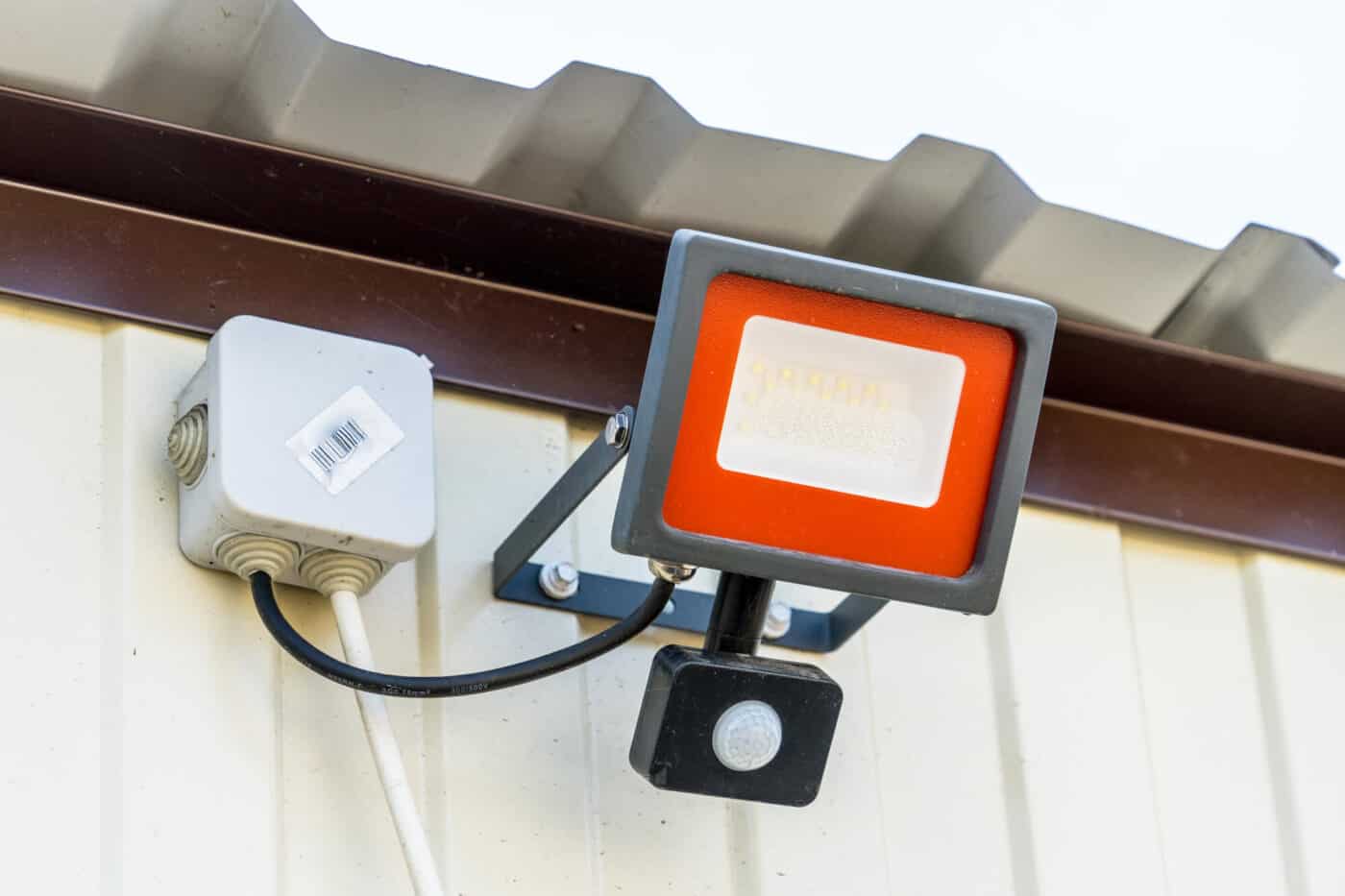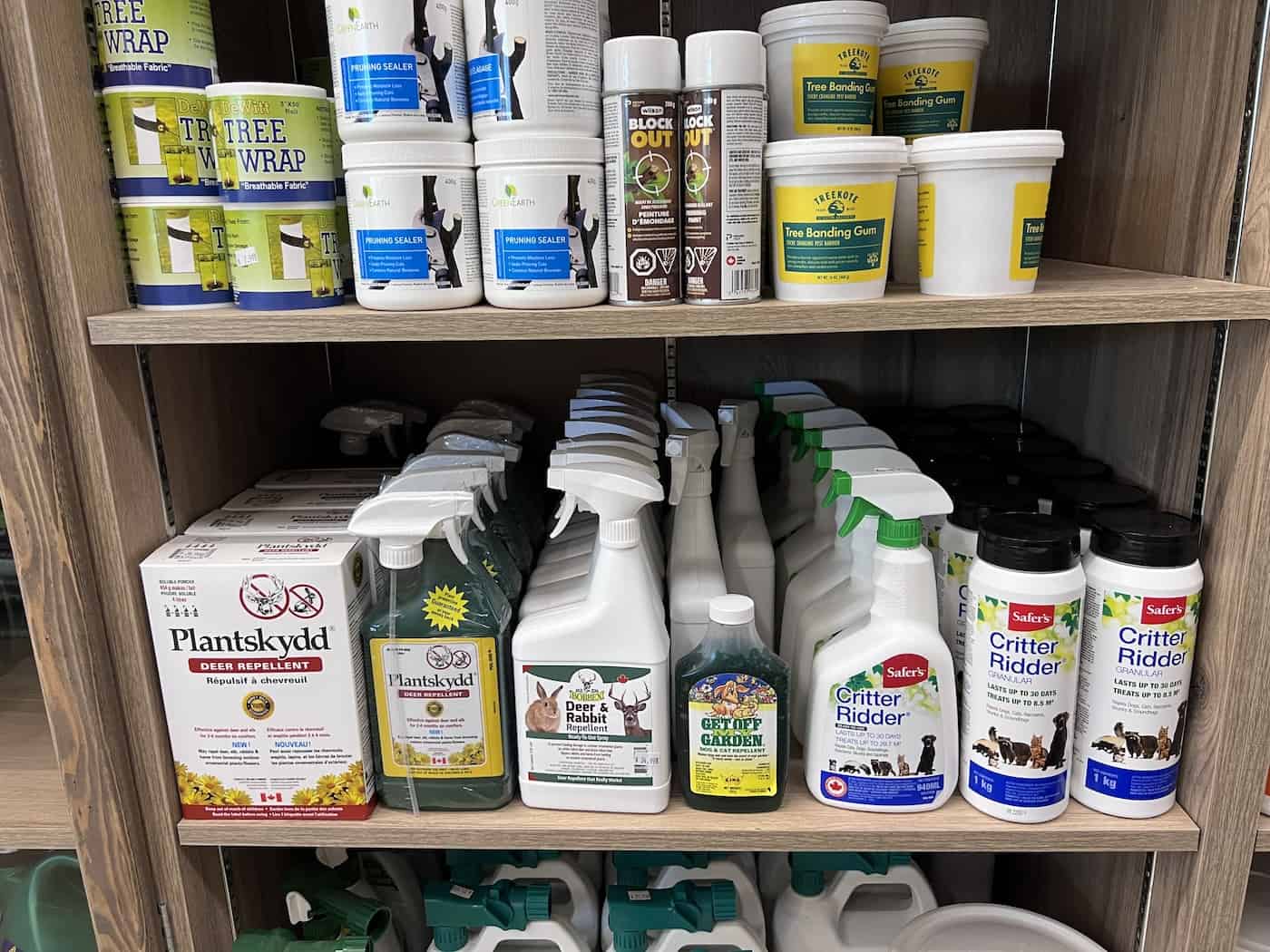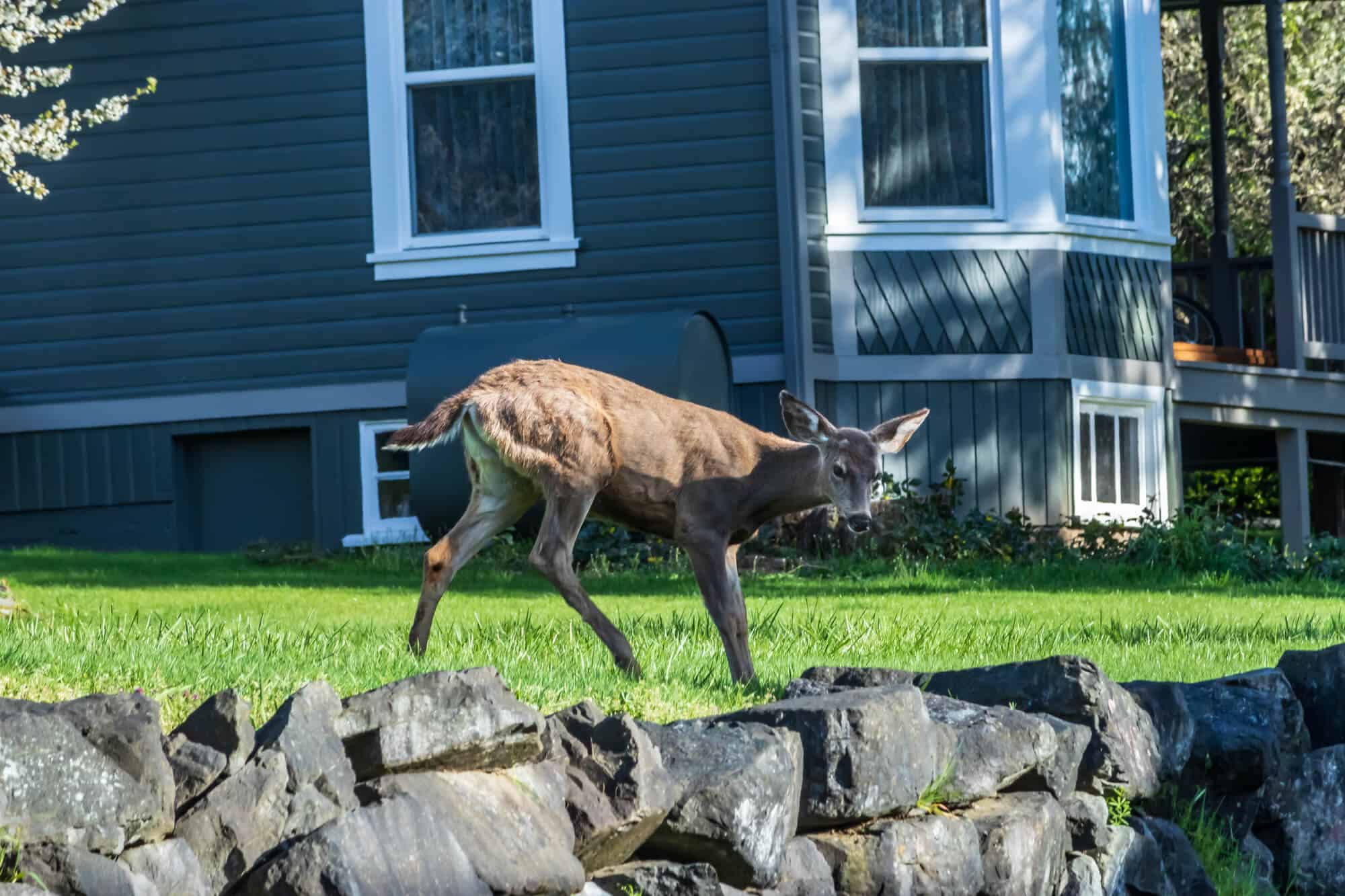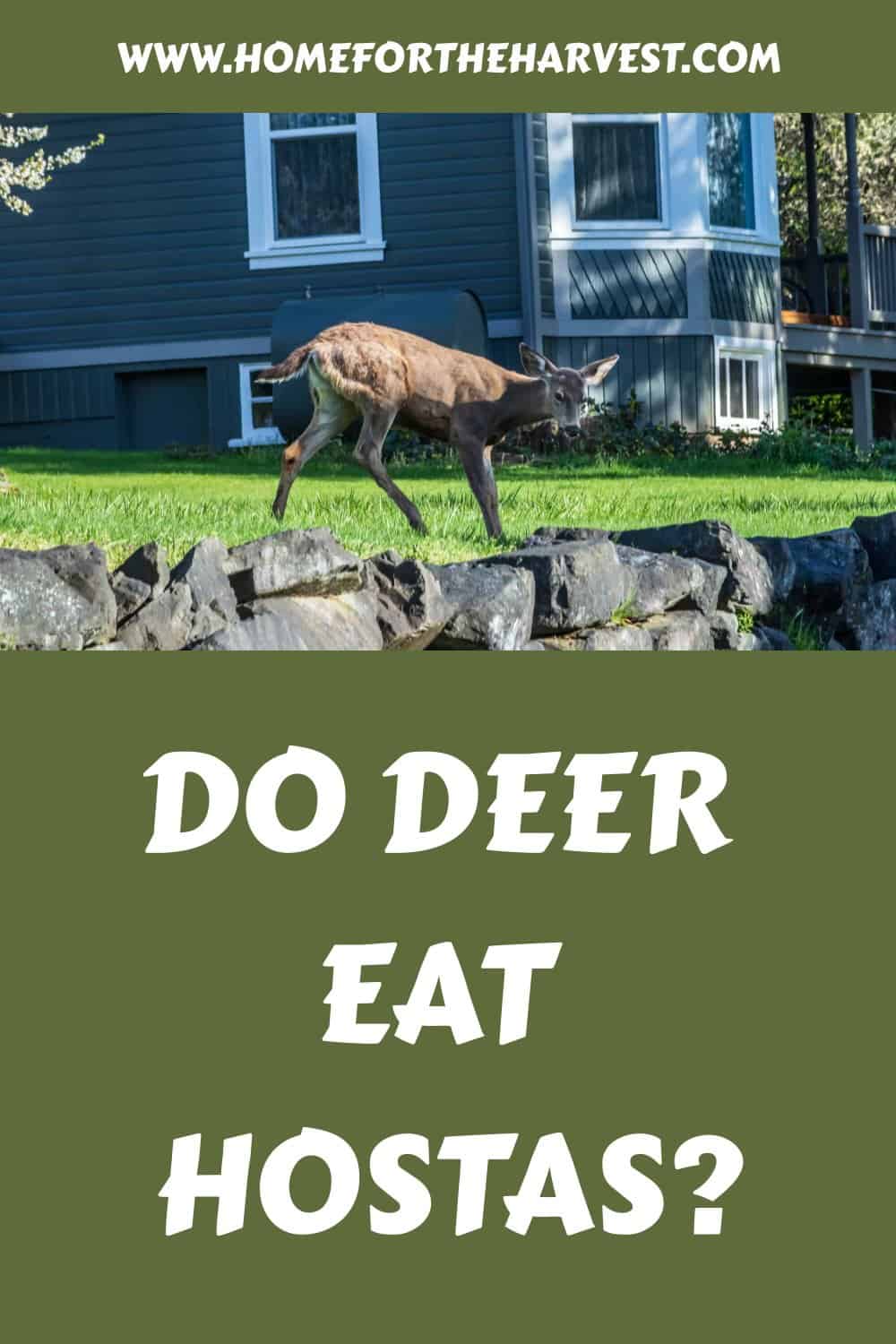Yes, deer certainly do eat hostas. Unfortunately, these luscious plants are high on their list of favorite snacks. Nevertheless, there are ways you can still enjoy growing hostas without having them munched up by the neighboring deer population.
Neighborhood deer and your hostas
Deer absolutely LOVE eating hostas. Hosta plants are full of lush leaves that spread out. To the deer, they look too delicious to pass over. They must also taste pretty good because they can’t get enough! They are also free from the most common toxins that exist in other garden plants.
Identifying deer damage
You’ll know your hosta plants have been eaten by a deer when you notice that the foliage has been chewed off right at the tip of the stalk. Usually, the entire stem will still be there. These pest animals like to eat the succulent leaves and leave behind the upright stems, rather like kids eating only the florets of their broccoli.
Another great way to tell if deer are doing the damage is to look for hoof prints or deer droppings near your plants. These two clues can also help to determine whether it’s one deer doing all the snacking, a couple of them, or a whole herd.
How to protect hosta plants
Here are a handful of tried-and-true ways to keep deer away from hosta plants. You may find that one is enough, while other times, you may need to try two or more methods together for a stronger impact.
1. Fences
The most effective way to keep deer away is to put up a high deer fence. To find out how high exactly, contact your local extension office. They can provide you with information on the type of deer found in your area and how high your particular species can jump. On average, the deer fence should be higher than eight feet tall.
After deciding how high your fence should be, the next step is to clear it with your local bylaws or homeowners’ association. Many towns, cities, and HOAs require fences to have a certain appearance. So, check to ensure you meet the specific requirements.

2. Automated motion-activated deterrents
Even though they’re probably getting on your nerves, deer are actually gentle, timid creatures. More to the point, they’re extremely skittish. They can usually be scared off (at least for a while) with surprising sensory deterrents such as automatic motion light sensors or loud sounds like honking. Other sensors emit ultrasonic waves to deter deer from coming closer. You can also get very cool motion-activated sprinklers that turn on whenever a large animal breaches a specific area.

3. Repellent spray
Using deer repellent spray may not be as effective as the first two options, but can sometimes do the trick (especially if you’re looking for a quick, non-invasive short-term option).
Keep in mind that you’ll need to spray regularly for it to have any real effect on the deer. Also, you’ll likely eventually need to get several different sprays and alternate between them. Deer are known to grow accustomed to certain smells. So, spraying won’t do any good if they get used to the scent.
You can either purchase commercial products like those pictured above or make your own homemade deer repellant hosta spray. I’ve had the most success using Bobbex and Plantskydd for my hostas.
4. Scent application
As mentioned above, deer have quite a heightened sense of smell. They’re great at picking up different scents, and once they familiarize themselves with something they like, they’ll return for more. This means that if you want to keep them away from your hostas, surround the plants with a scent that deer don’t like.
Deer especially can’t stand being anywhere near strong smells like cayenne pepper, cinnamon, lavender, or clove. You can apply a plant oil from one of these plants to (hopefully) deter them. Use a dropper or a cloth to apply the essential oil to posts, rocks, and other surfaces around your yard.
Another option is to grow some of these plants around the perimeter of the yard as a whole or just the area surrounding the hostas. Peppermint, spearmint, rosemary, and lavender are all known for their potent aromas. They’re also easy to grow and maintain, and the best part is you can tear up a few of their leaves to add to your food and drinks.
If plant-based scents are not enough to keep the deer away, there are other options. Perhaps the most effective is brushing nearby surfaces with a commercial deterrent product that contains animal-derived products like cougar urine or pig’s blood. These products are unpleasant to work with but may be more effective than plant-based options.







